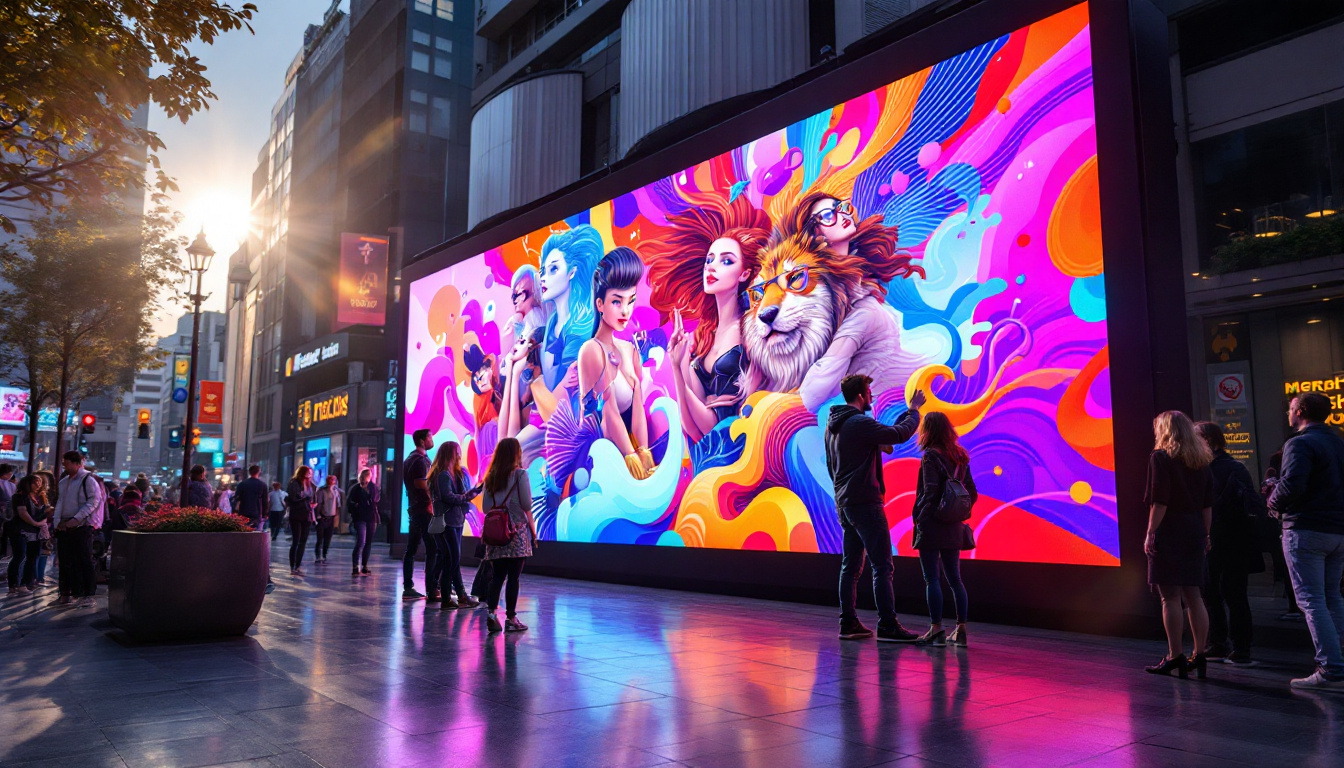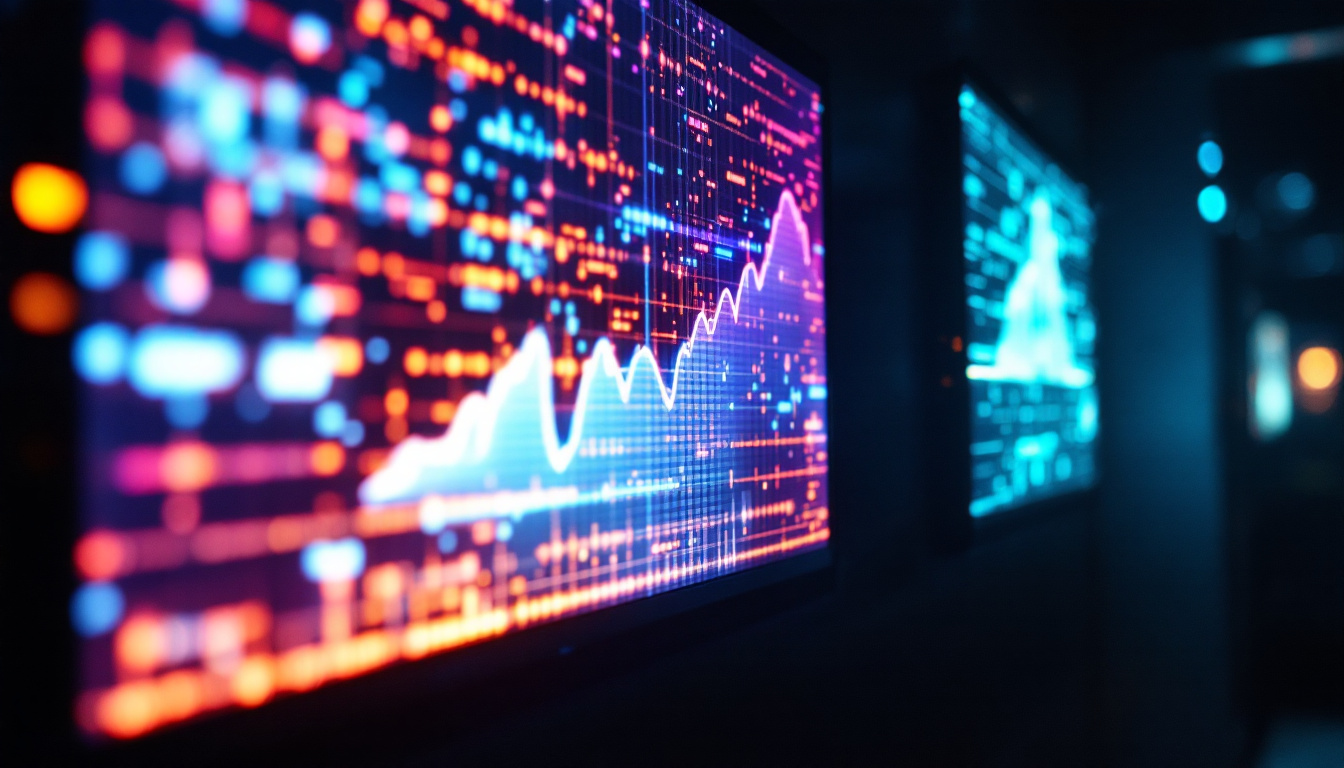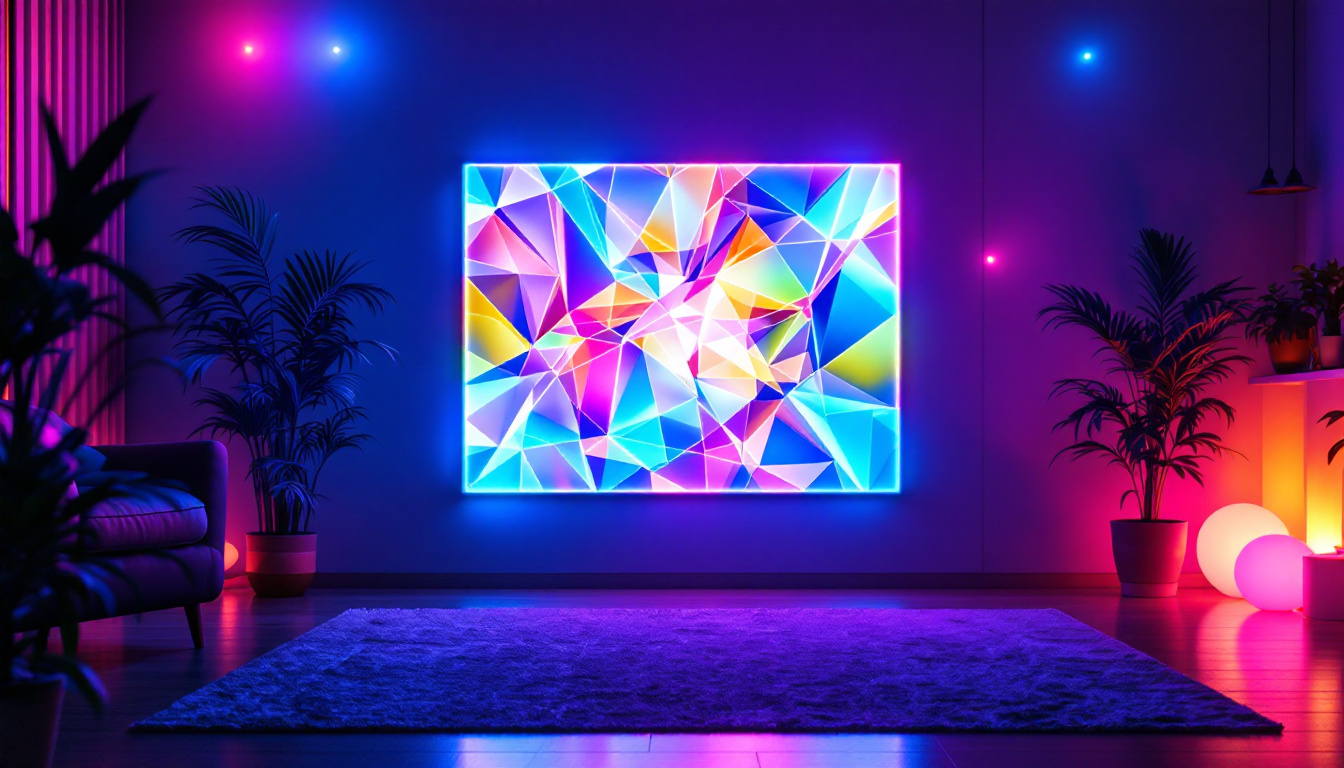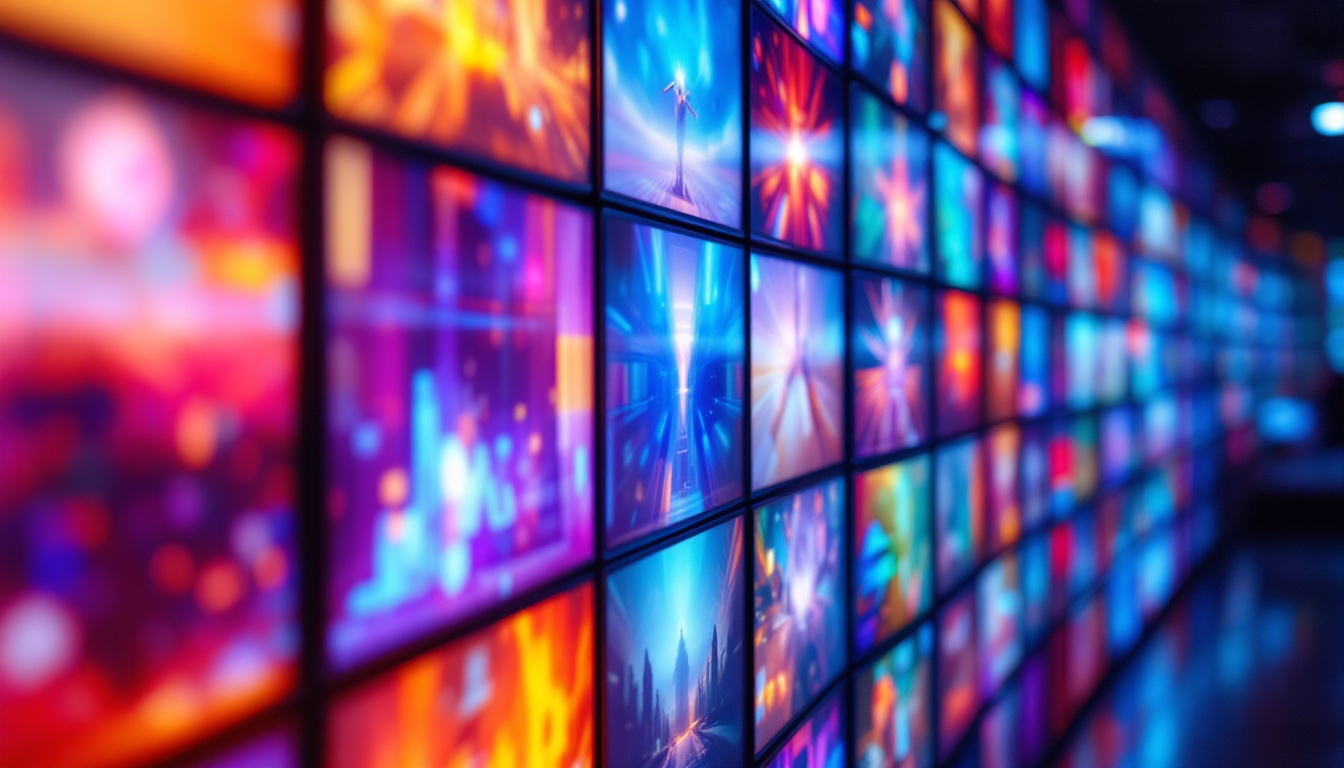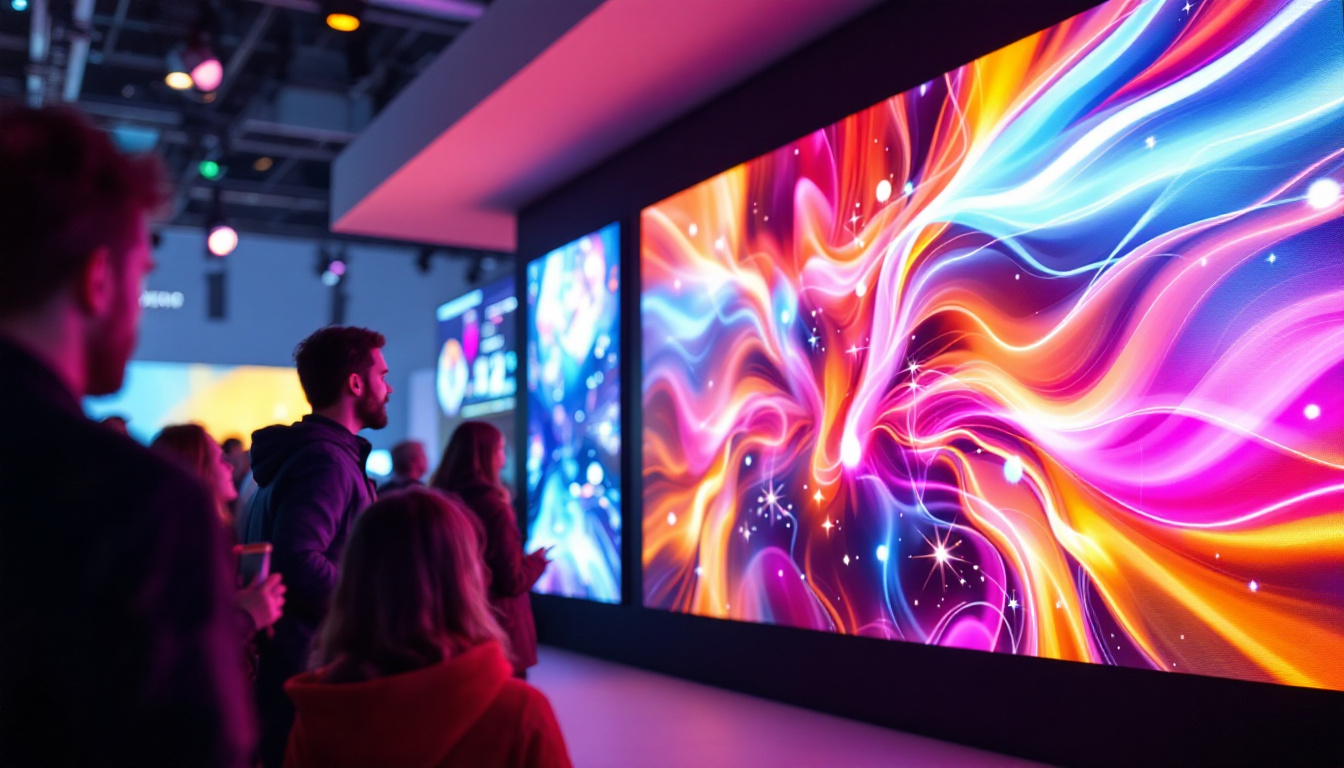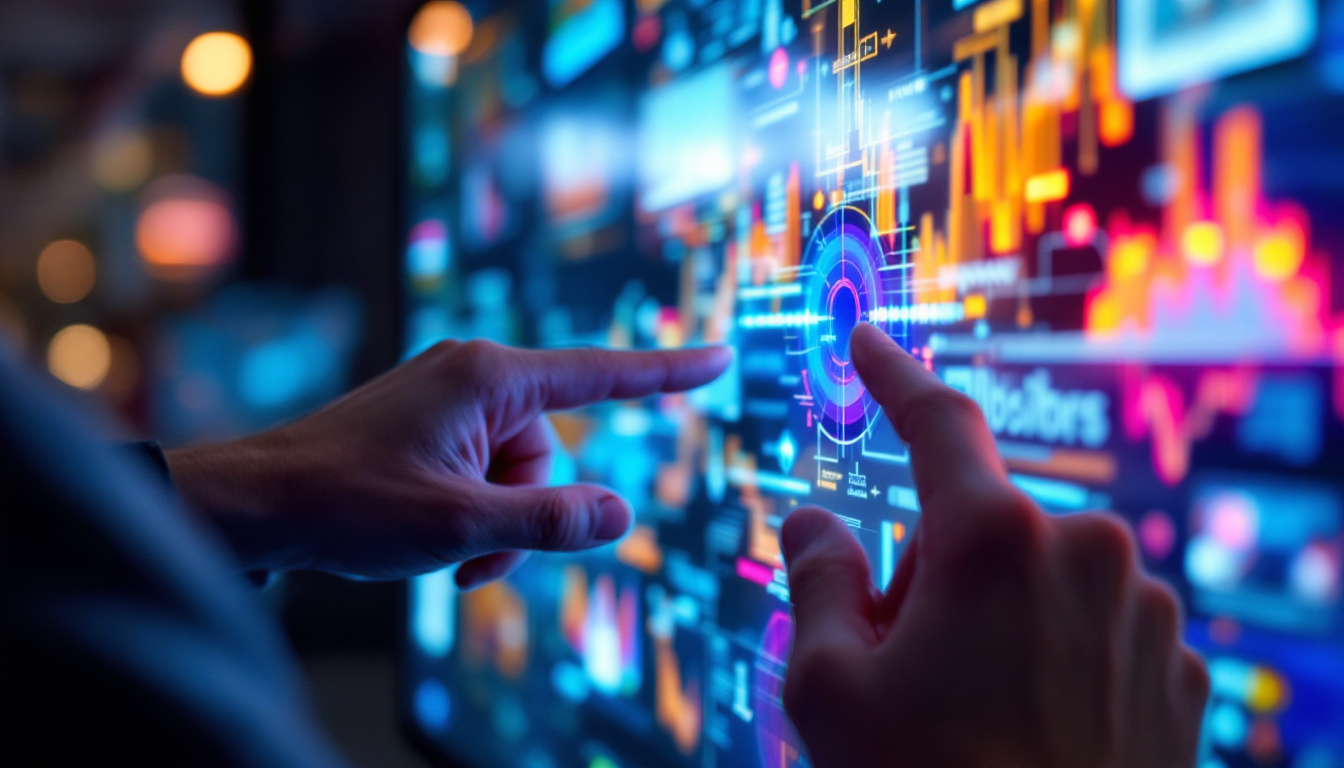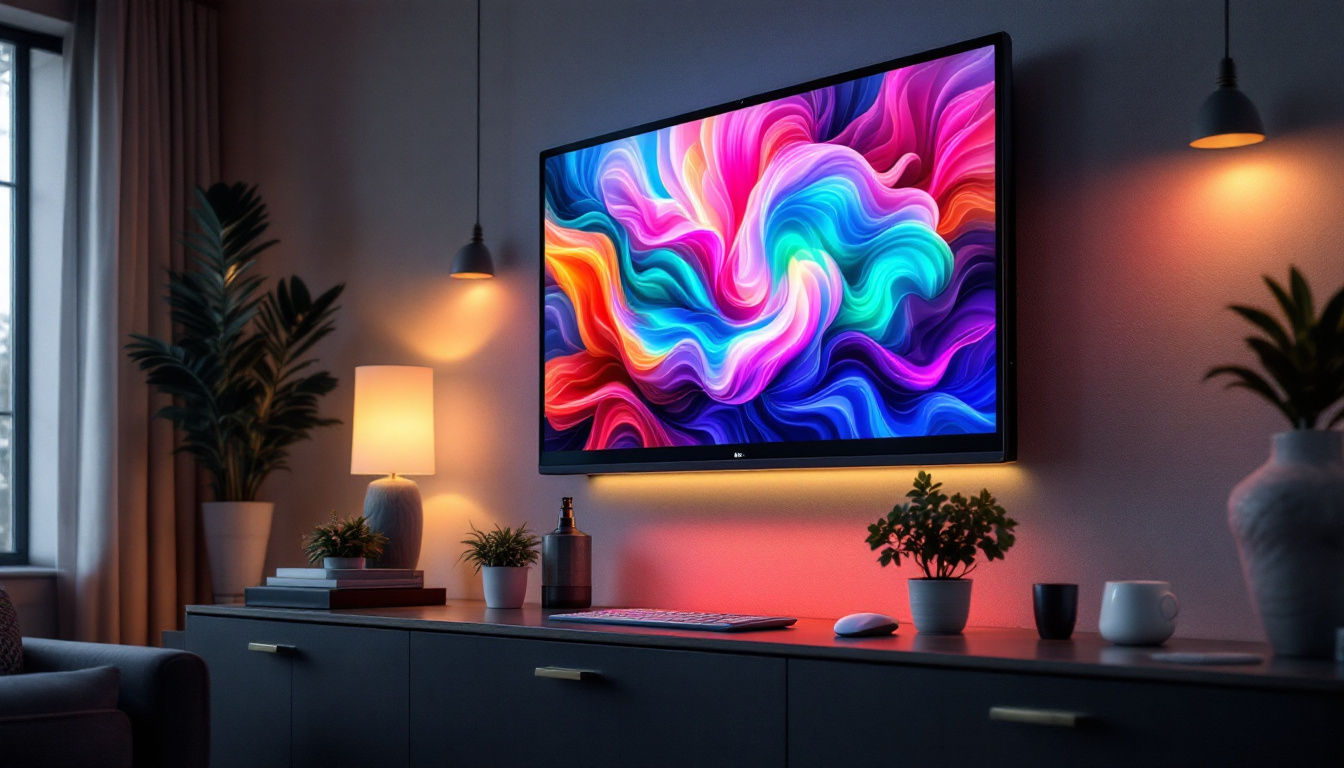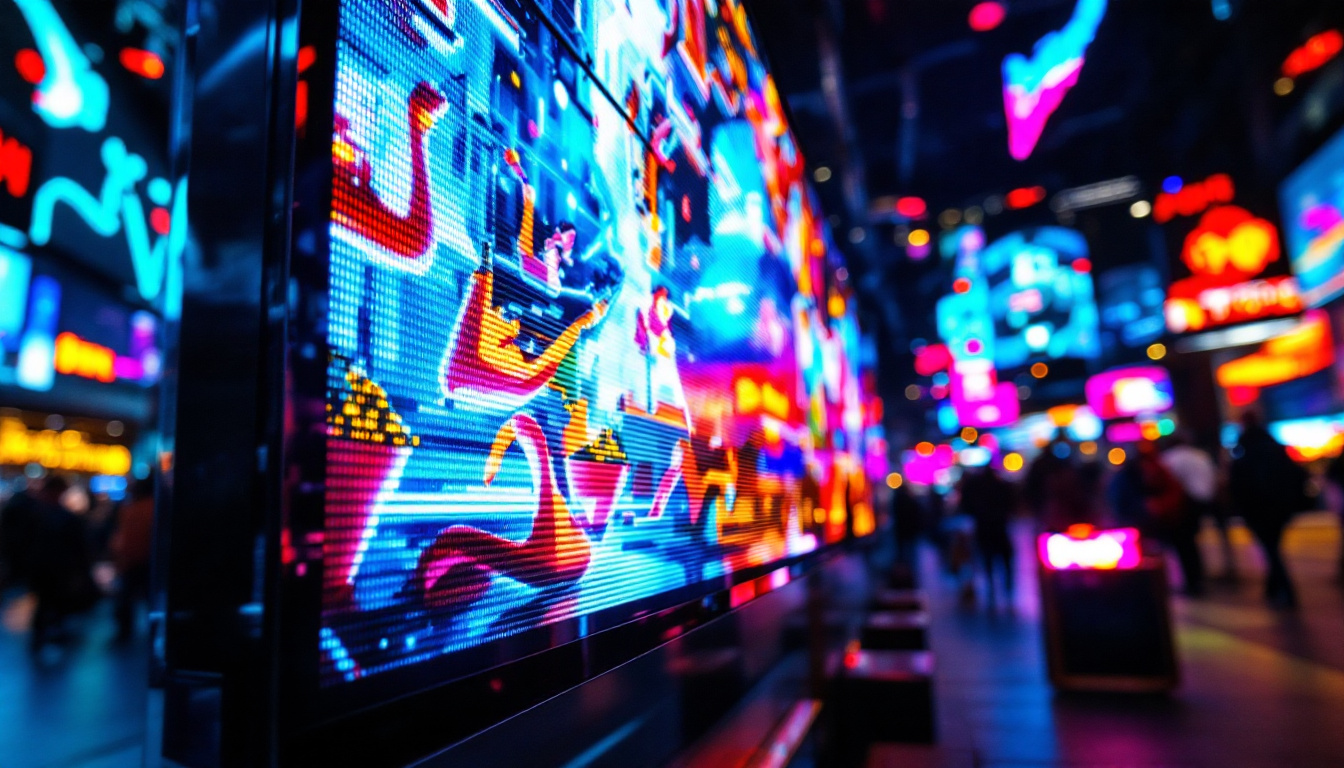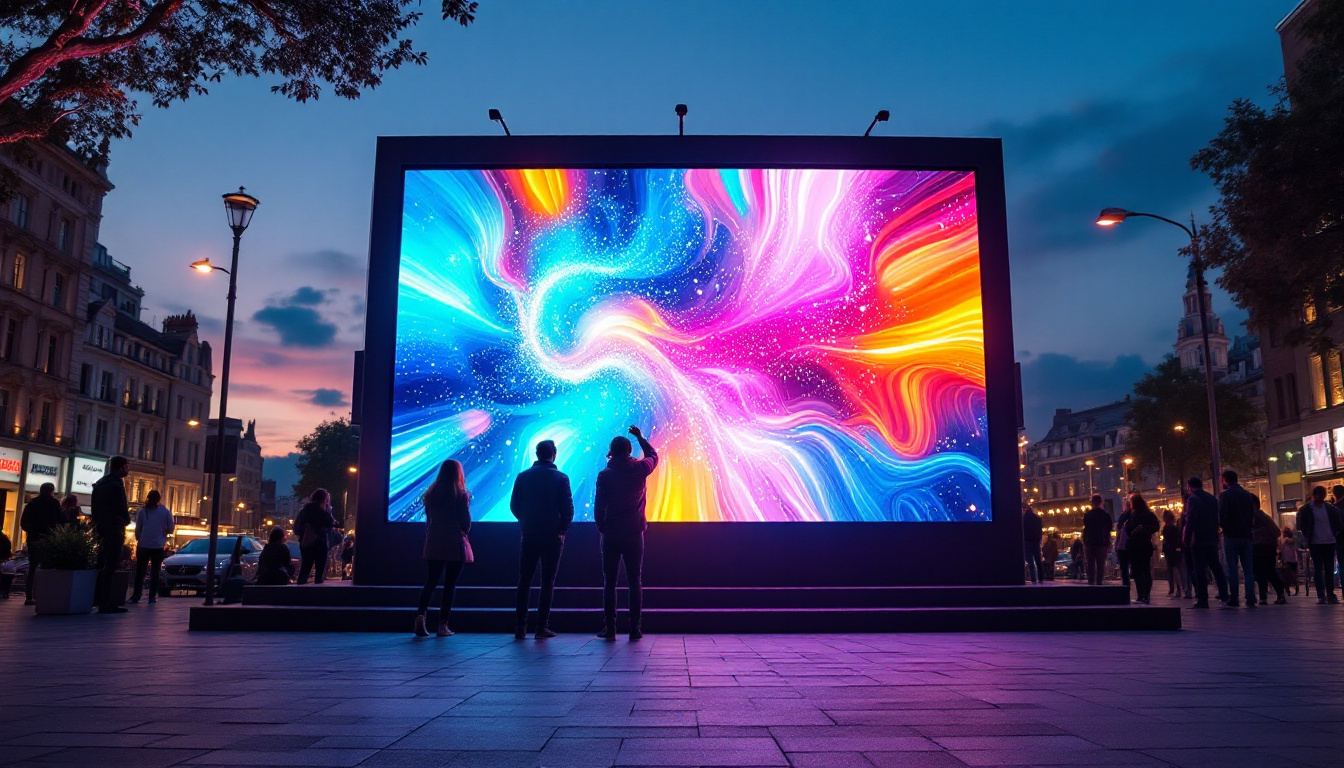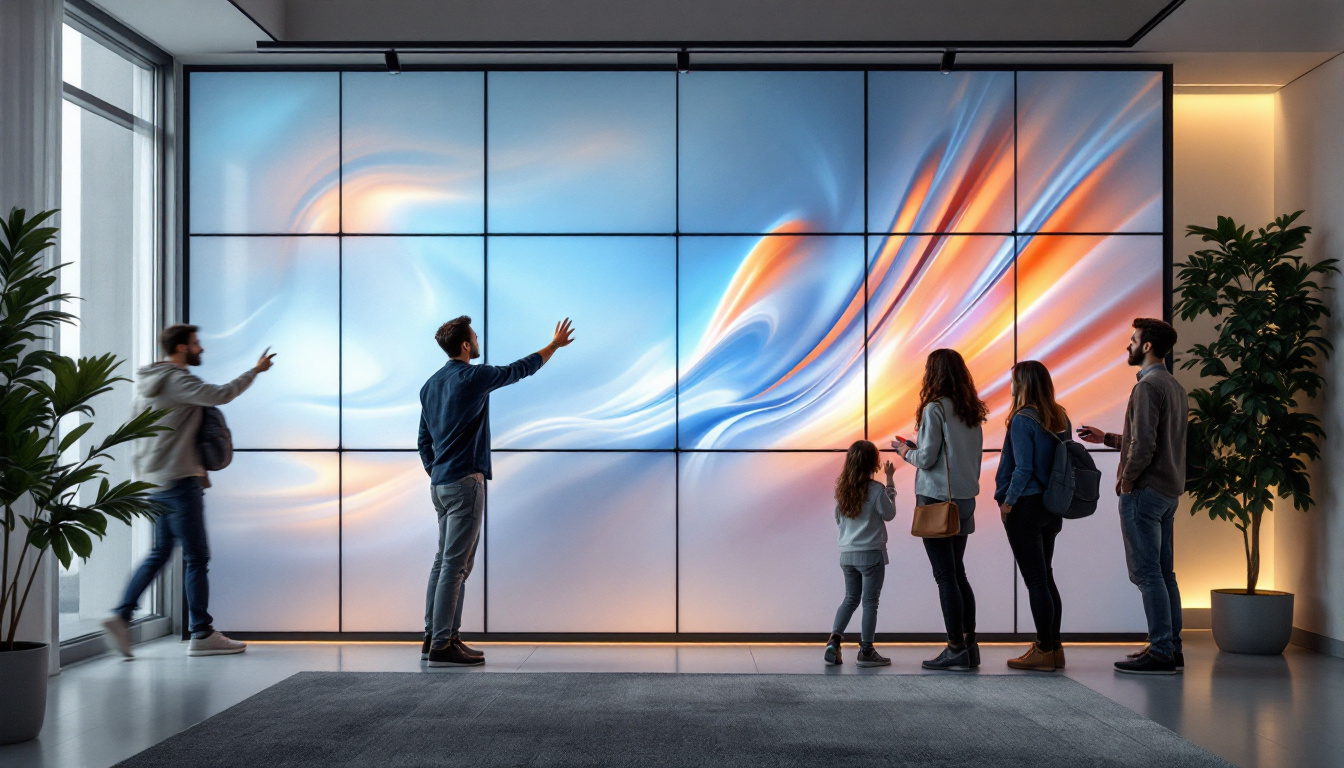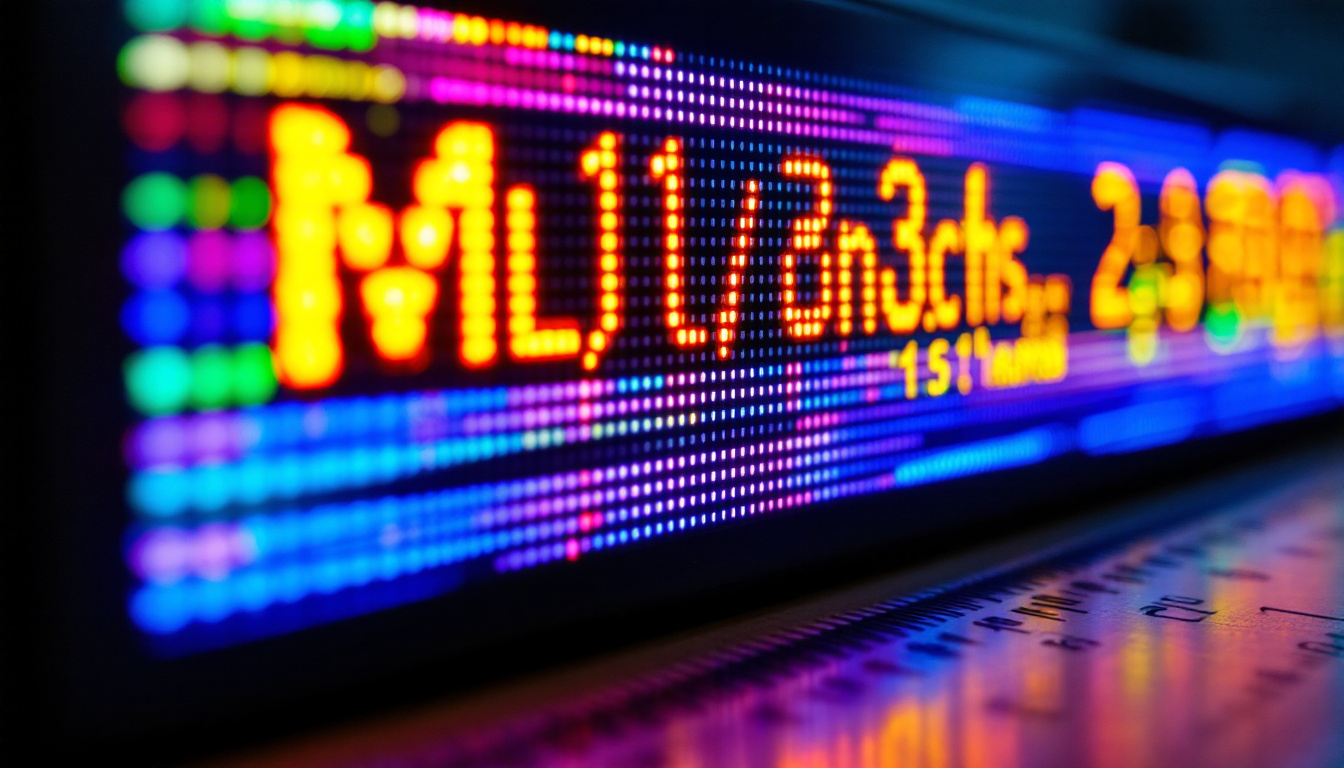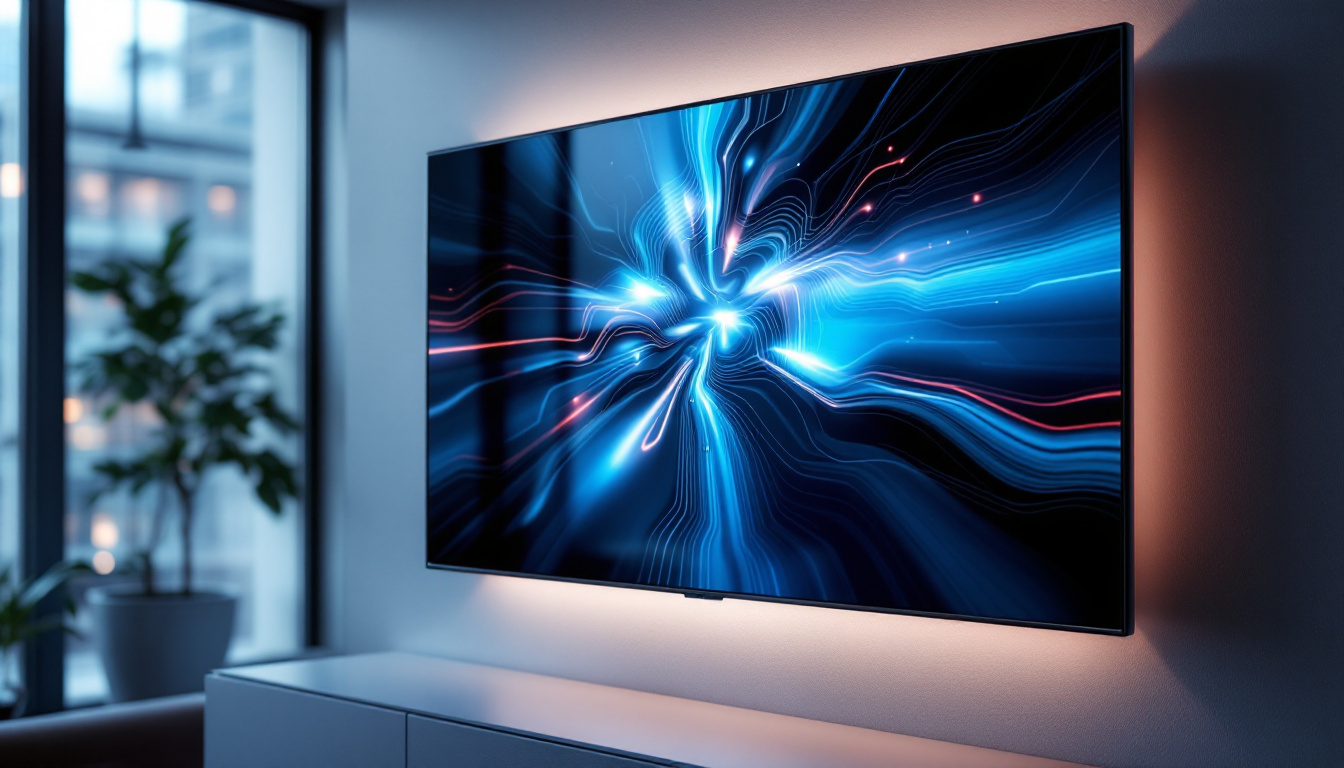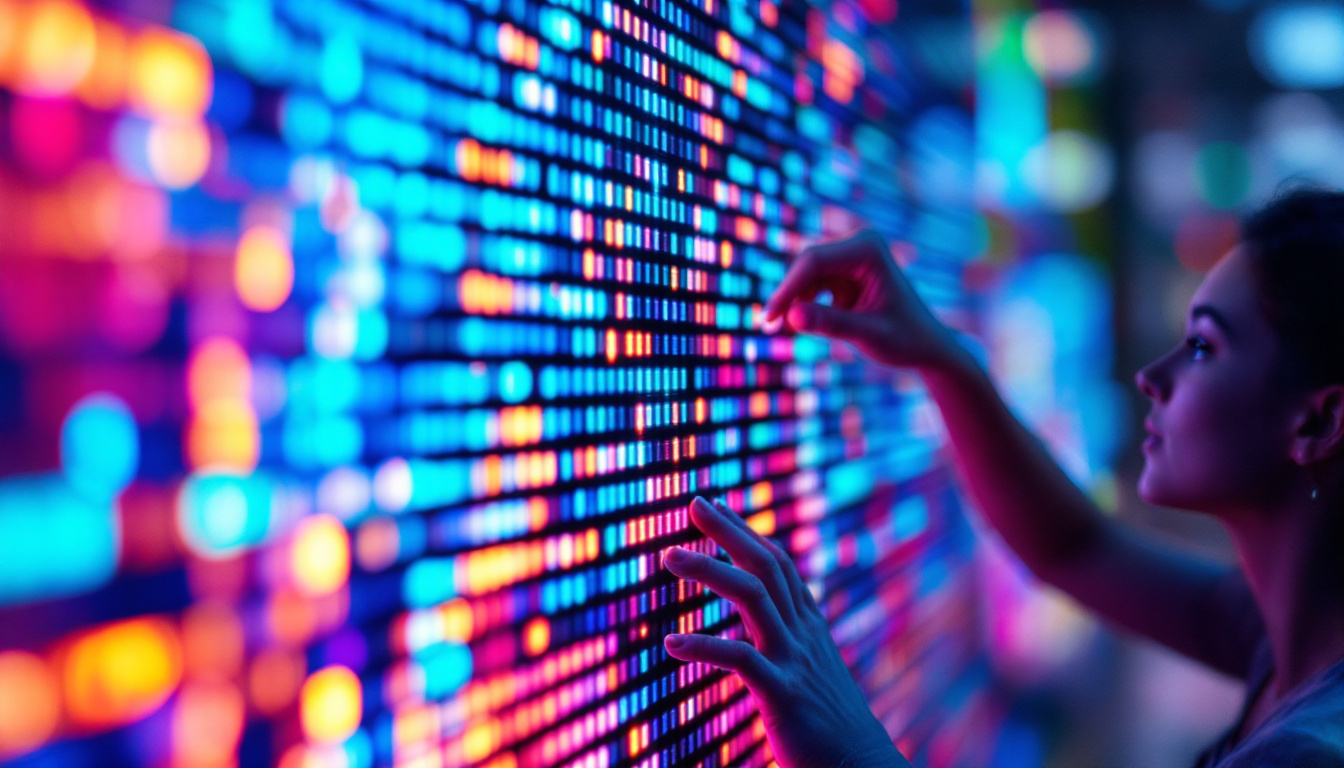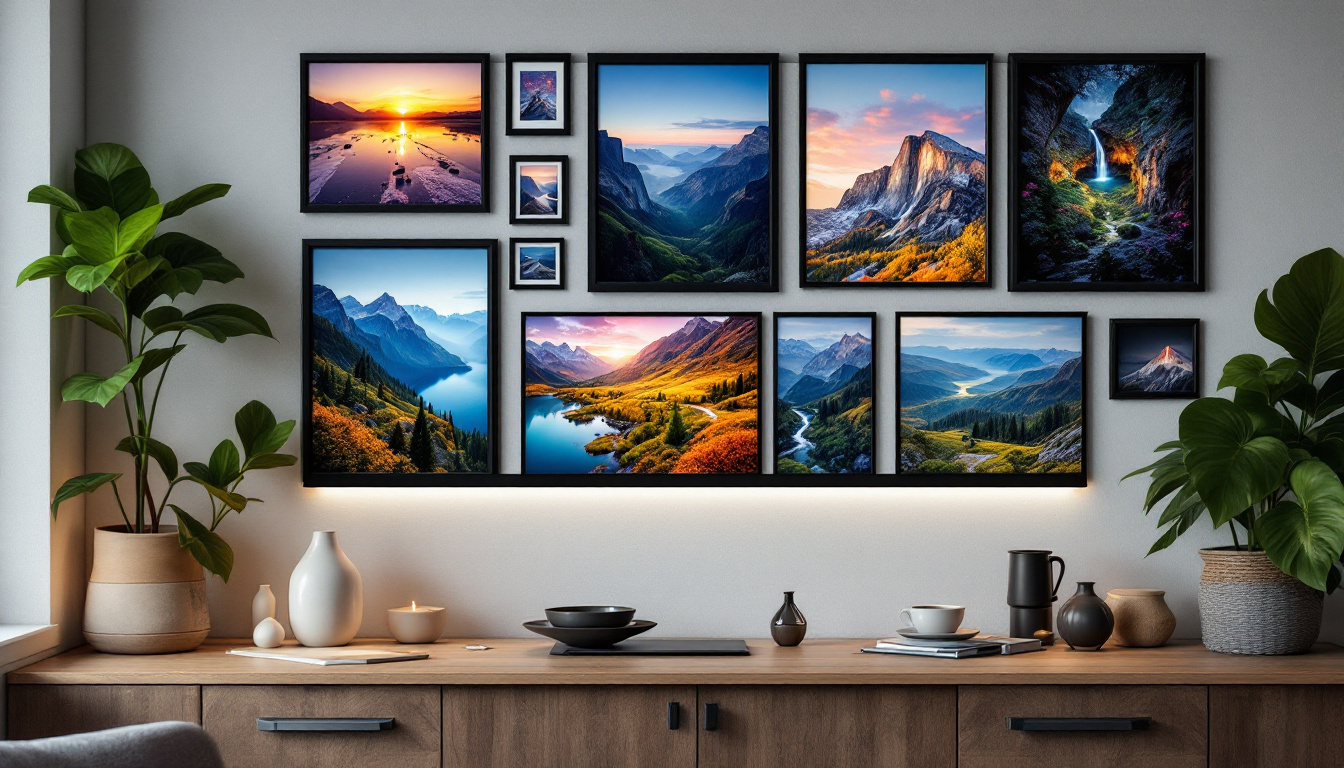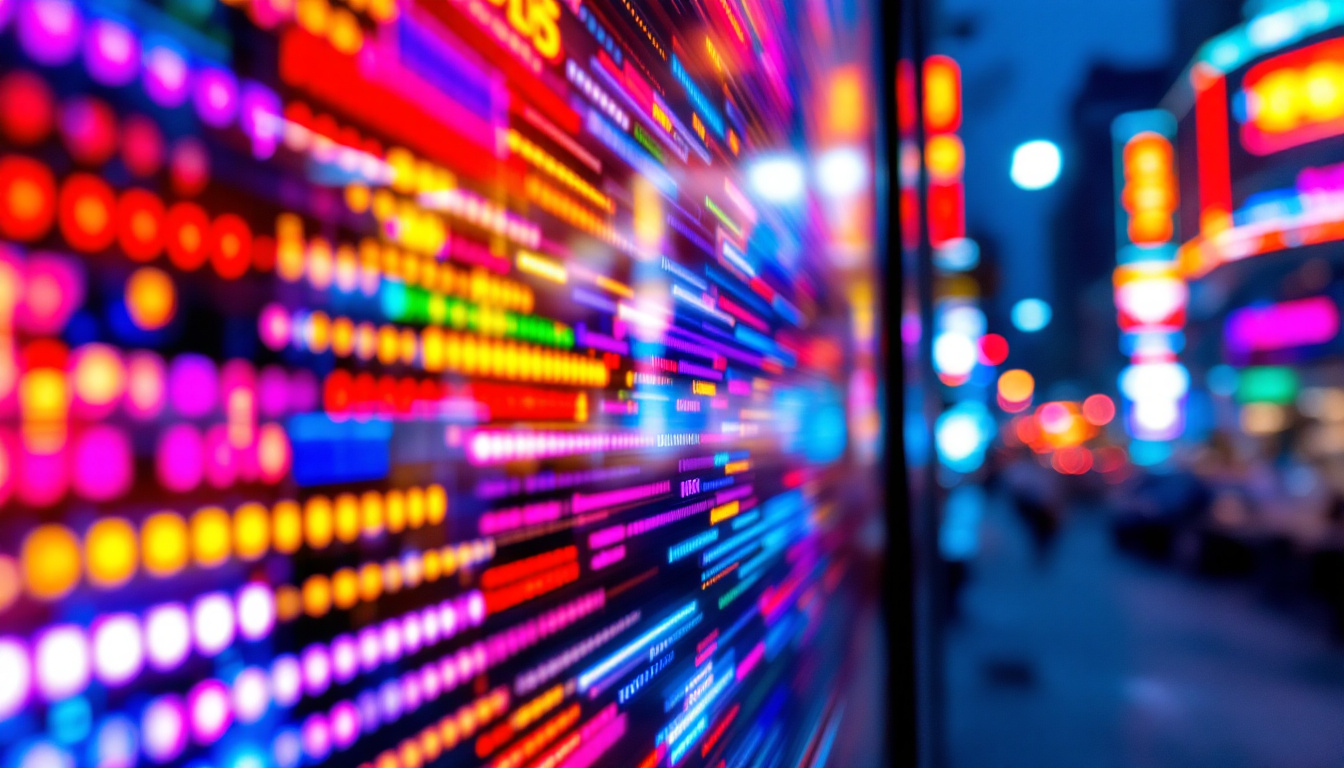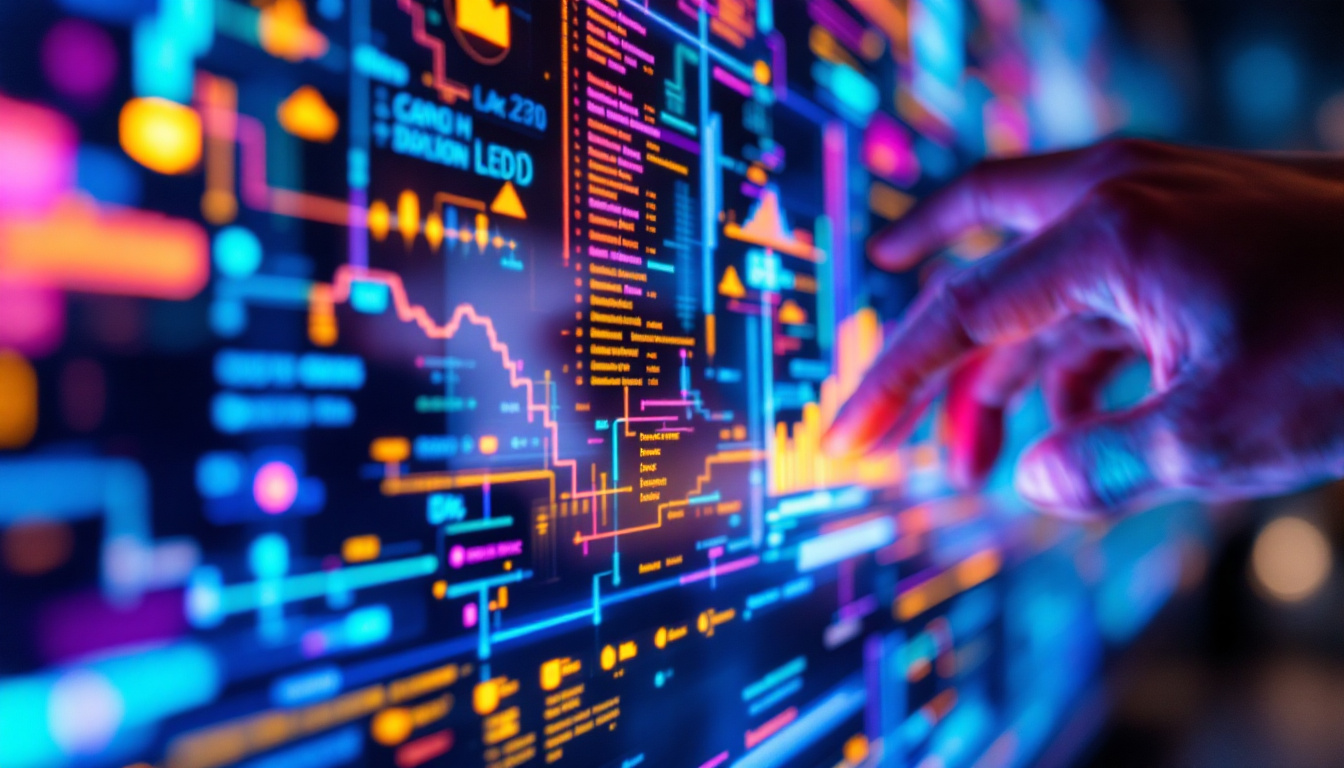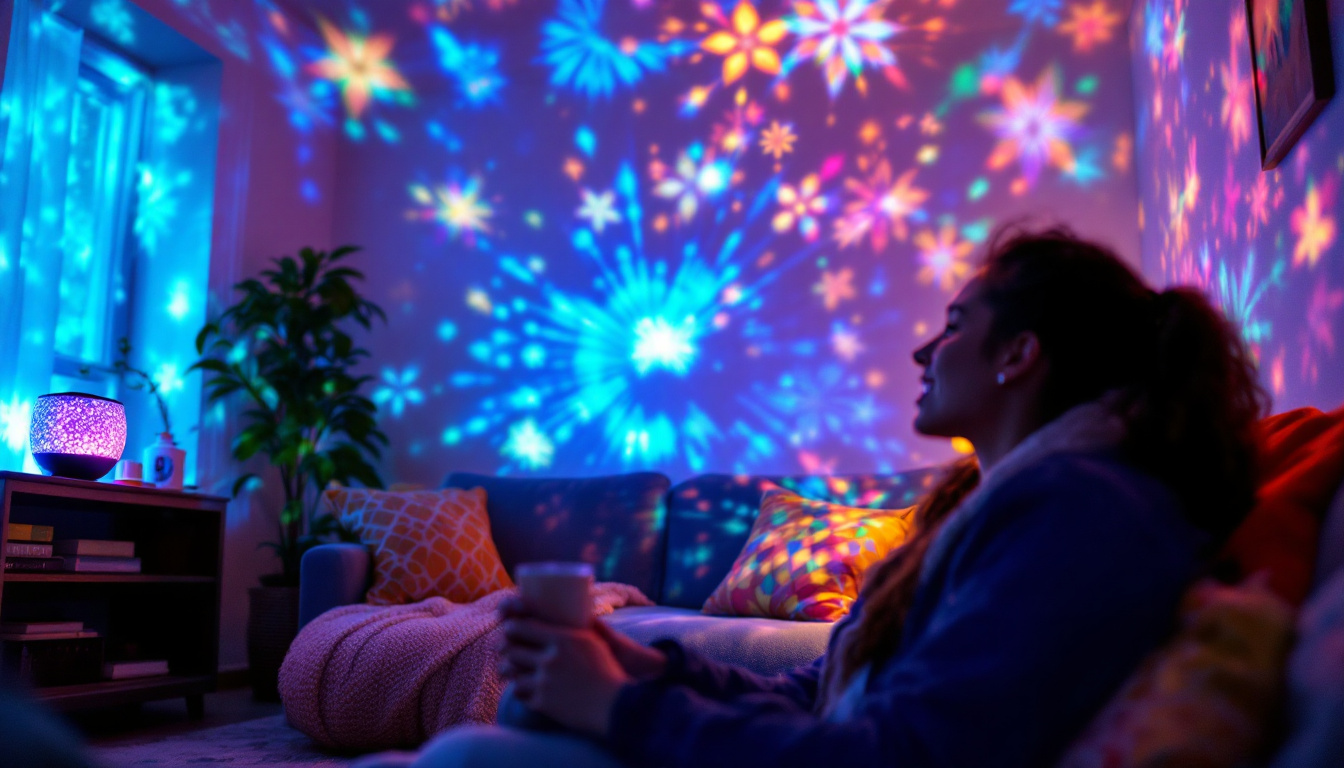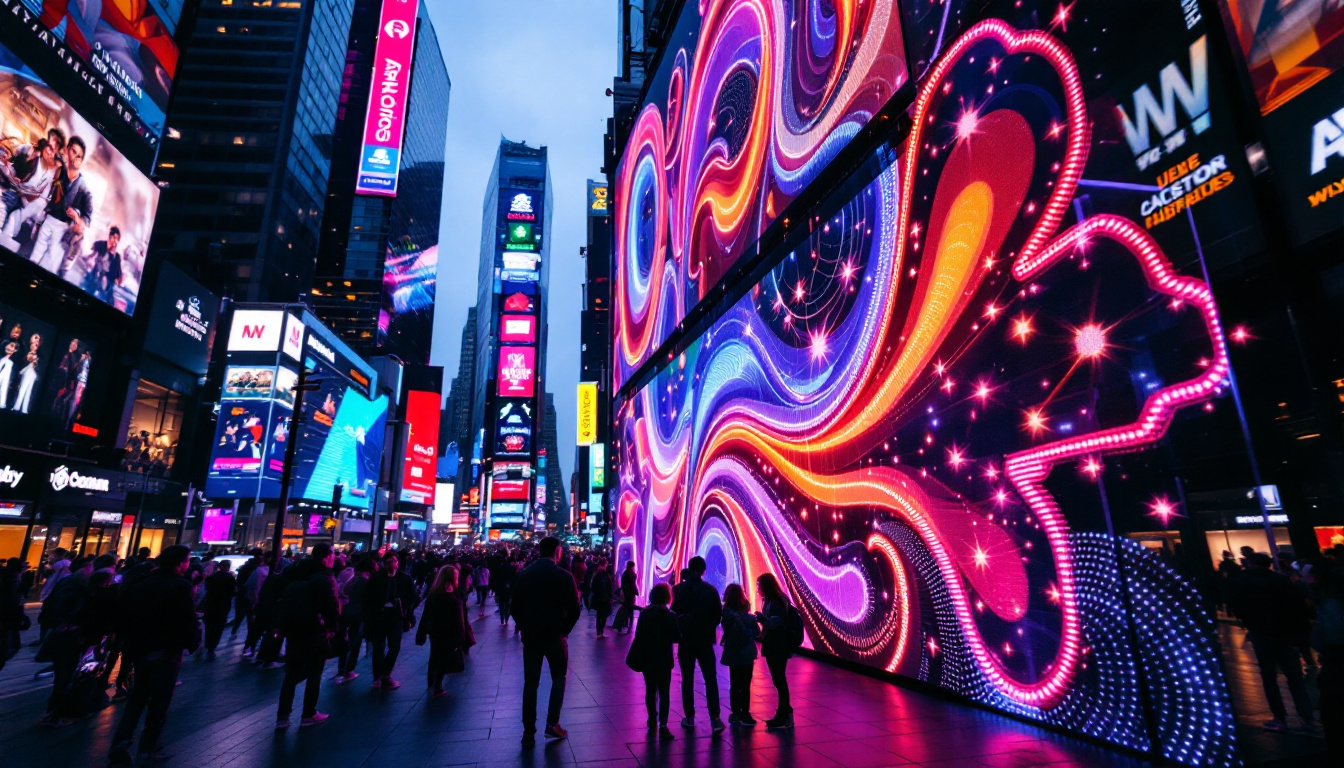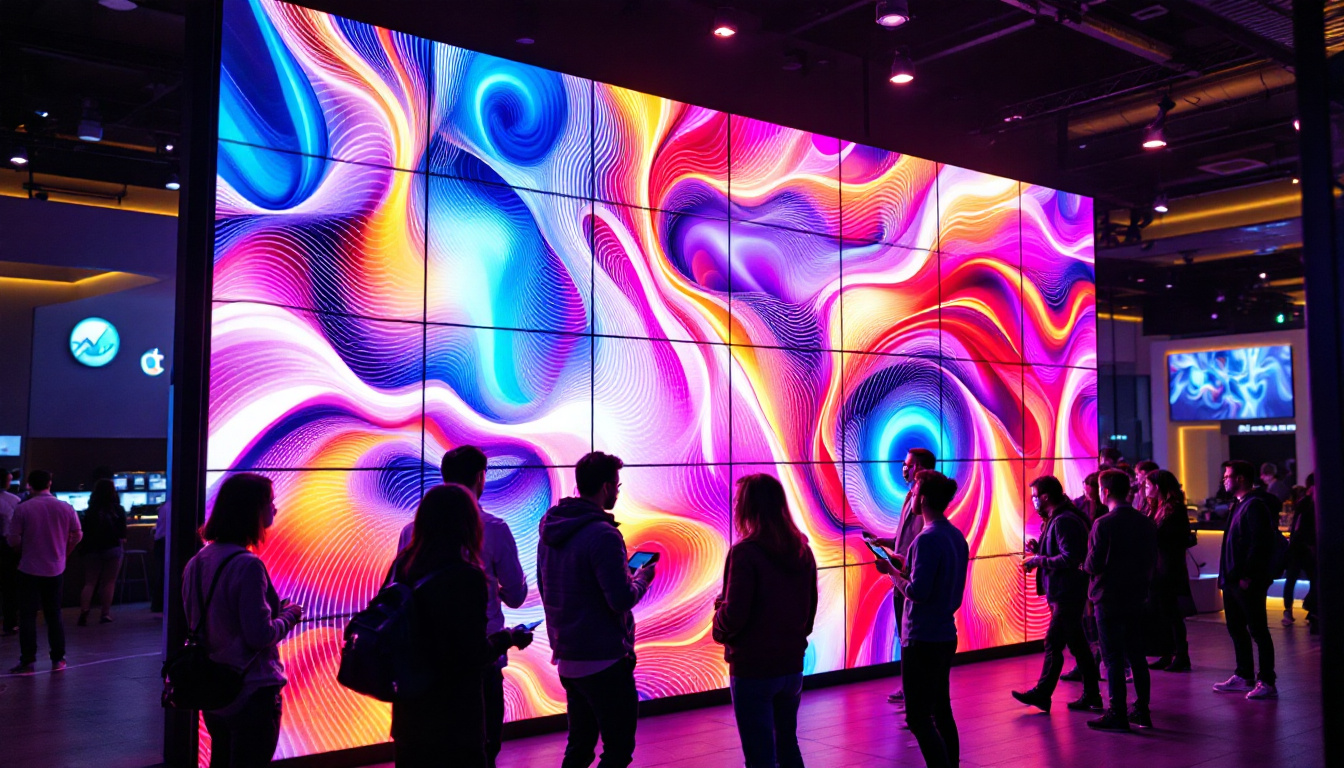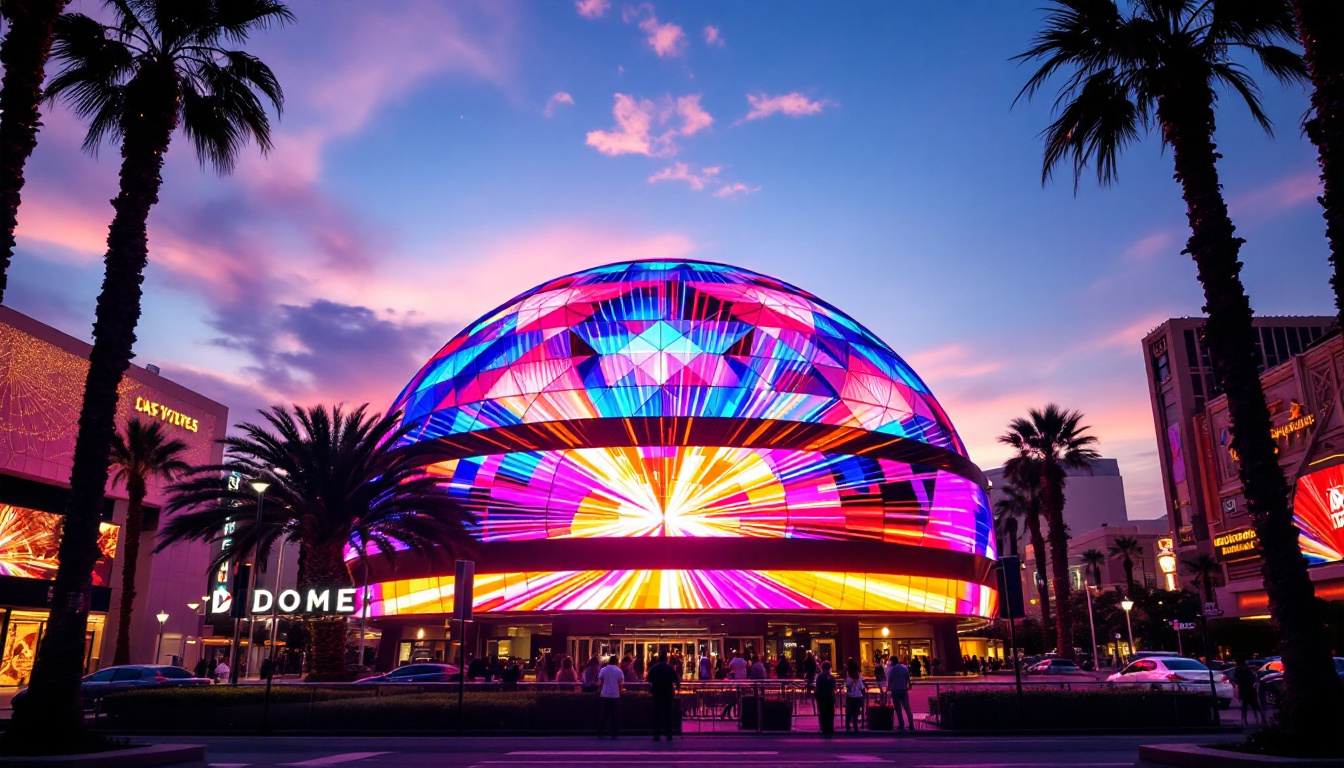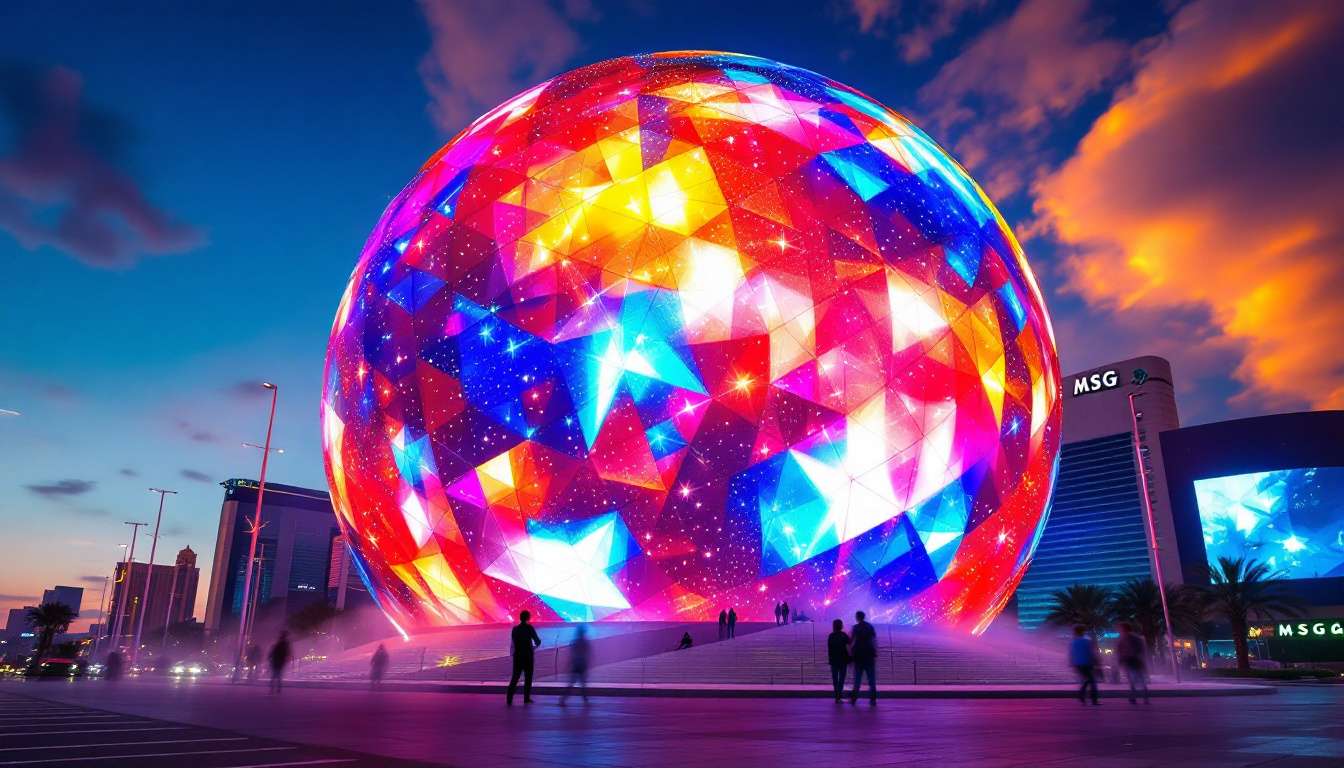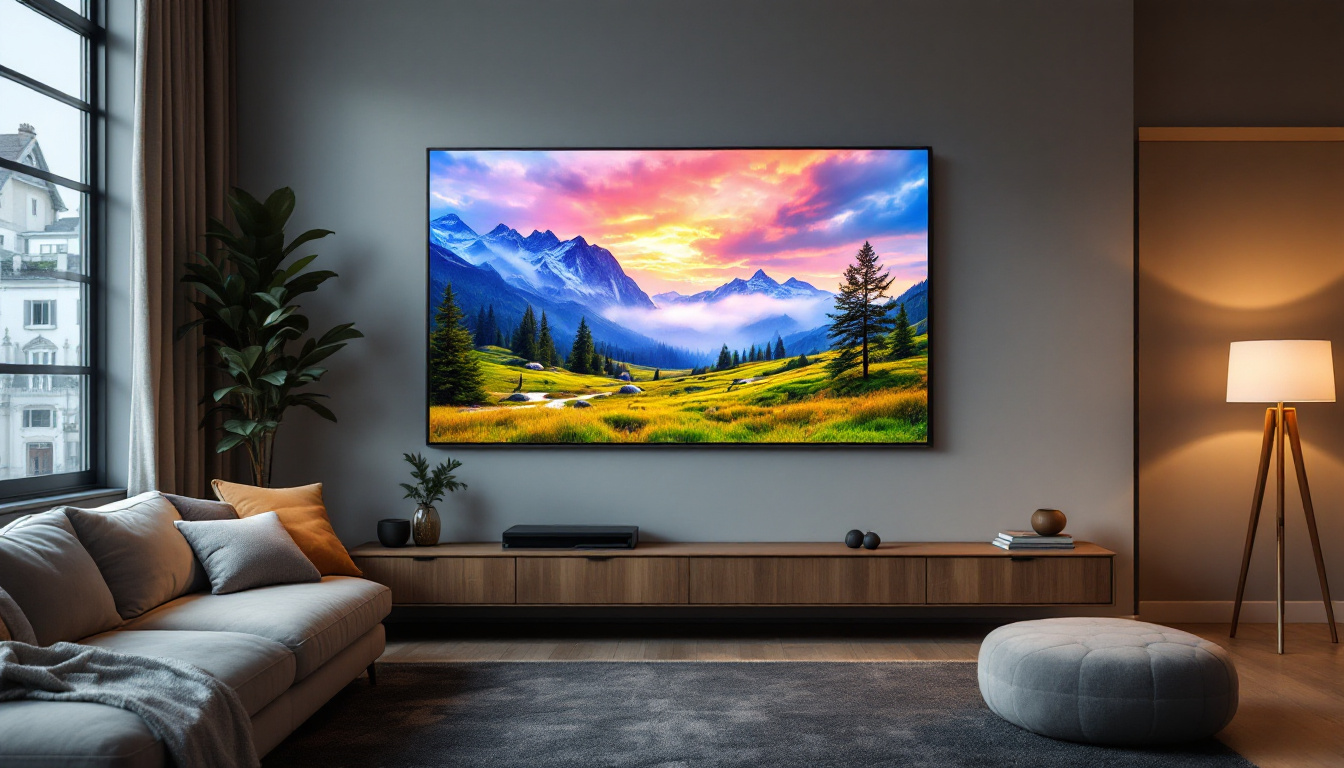In today’s fast-paced world, effective communication is essential for businesses to capture attention and convey messages. One of the most innovative ways to achieve this is through LED displays. These vibrant, eye-catching screens have transformed the landscape of advertising, information dissemination, and public engagement. This article delves into the intricacies of LED displays, exploring their technology, applications, advantages, and future trends.
Understanding LED Technology
LED, or Light Emitting Diode, technology has revolutionized the way we think about displays. Unlike traditional incandescent bulbs, LEDs are semiconductor devices that emit light when an electric current passes through them. This fundamental difference allows for greater efficiency, longevity, and versatility in various applications. The energy efficiency of LEDs is particularly noteworthy; they consume significantly less power than incandescent or fluorescent lights, which not only reduces electricity costs but also contributes to a lower carbon footprint.
The Basics of LED Operation
At its core, an LED display consists of numerous tiny light-emitting diodes arranged in a grid. Each diode can produce different colors by altering the voltage applied to it. This capability allows for the creation of full-color images and videos, making LED displays ideal for dynamic content. The technology behind LEDs also enables them to turn on and off very quickly, which is essential for displaying high-speed video and animations without motion blur.
When designing an LED display, engineers consider several factors, including pixel pitch, brightness, and color accuracy. Pixel pitch refers to the distance between the centers of two adjacent pixels, which directly affects the resolution and clarity of the display. A smaller pixel pitch results in higher resolution, making it suitable for close viewing distances. Additionally, brightness is measured in nits, and higher brightness levels are crucial for outdoor displays to ensure that images remain visible even in bright sunlight. Color accuracy, often measured by color temperature and gamut, is also vital, as it ensures that the displayed content appears true to life, enhancing the viewer’s experience.
Types of LED Displays
LED displays come in various types, each designed for specific applications. The most common types include:
- Indoor LED Displays: These are typically used in shopping malls, airports, and conference centers. They offer high resolution and are designed for viewing from shorter distances.
- Outdoor LED Displays: Built to withstand harsh weather conditions, outdoor displays are larger and brighter to ensure visibility in direct sunlight.
- Transparent LED Displays: These innovative displays allow for visibility through the screen while still showcasing vibrant content, making them ideal for retail environments.
In addition to these common types, there are also specialized LED displays such as flexible LED screens, which can be bent or shaped to fit unconventional spaces, and 3D LED displays that create immersive viewing experiences. The versatility of LED technology has led to its adoption in diverse fields, from advertising and entertainment to medical imaging and automotive lighting. As advancements continue to be made, we can expect to see even more innovative applications of LED technology in the near future, further enhancing how we interact with visual media.
Applications of LED Displays
The versatility of LED displays makes them suitable for a wide range of applications across various industries. Their ability to deliver dynamic content in real-time has made them a popular choice for businesses looking to enhance communication and engagement.
Advertising and Marketing
One of the most prominent uses of LED displays is in advertising. Businesses leverage these screens to showcase promotions, new products, and brand messages. The dynamic nature of LED displays allows for rotating advertisements, which can attract more attention than static signs. Moreover, the ability to change content quickly enables businesses to respond to market trends and customer preferences in real-time. This adaptability not only maximizes visibility but also allows for targeted marketing strategies, where specific messages can be tailored to different audiences at different times of the day, enhancing the overall effectiveness of advertising campaigns.
Public Information Systems
LED displays are widely used in public information systems, such as transportation hubs and city centers. Train stations and airports utilize LED screens to provide real-time updates on schedules, delays, and other essential information. This not only enhances passenger experience but also improves operational efficiency by reducing confusion and wait times. Additionally, municipalities are increasingly adopting LED technology for public service announcements, emergency alerts, and community events, ensuring that vital information is communicated effectively to the public. The bright, clear visuals of LED displays ensure that messages are easily readable from a distance, making them an invaluable tool for urban communication.
Event Production
In the realm of entertainment, LED displays have become a staple for concerts, festivals, and corporate events. They are used for stage backdrops, video walls, and live feeds, creating an immersive experience for attendees. The flexibility of LED technology allows event organizers to create stunning visual displays that enhance the overall atmosphere. Moreover, the high-resolution capabilities of modern LED screens enable the display of intricate graphics and high-definition videos, captivating audiences and elevating the production value of any event. Event planners also appreciate the lightweight and modular design of LED panels, which allows for easy setup and customization of displays to fit various venue sizes and layouts, ensuring that every event can achieve its desired visual impact.
Advantages of LED Displays
The rise in popularity of LED displays can be attributed to several key advantages that set them apart from traditional display technologies. Understanding these benefits can help businesses make informed decisions about their signage solutions.
Energy Efficiency
One of the most significant advantages of LED displays is their energy efficiency. Compared to traditional incandescent and fluorescent displays, LEDs consume considerably less power. This not only reduces operational costs but also contributes to a smaller carbon footprint, making them an environmentally friendly choice.
Longevity and Durability
LED displays are known for their longevity, often lasting over 100,000 hours of continuous use. This durability is particularly beneficial for outdoor displays, which are exposed to various weather conditions. The robust nature of LED technology means that businesses can rely on their displays for extended periods without the need for frequent replacements or maintenance.
High Brightness and Visibility
LED displays are capable of producing high levels of brightness, making them easily visible even in direct sunlight. This feature is crucial for outdoor advertising, where visibility can significantly impact effectiveness. The ability to adjust brightness levels also allows for optimal viewing experiences in different lighting conditions.
Challenges and Considerations
While LED displays offer numerous advantages, they are not without challenges. Businesses must consider several factors before investing in LED signage.
Initial Investment Costs
The initial cost of purchasing and installing LED displays can be significant. Although prices have decreased over the years, high-quality displays still require a considerable upfront investment. Businesses must weigh this cost against the long-term benefits and potential return on investment.
Content Management
Effective content management is crucial for maximizing the impact of LED displays. Businesses need to create engaging and relevant content that resonates with their target audience. This may require hiring skilled personnel or investing in content management software to ensure that messages are updated regularly and reflect current promotions or events.
Technical Expertise
Operating and maintaining LED displays may require technical expertise. Businesses must either have in-house staff trained in display technology or partner with external vendors for installation and maintenance. This additional layer of complexity can be a barrier for some organizations, particularly smaller businesses with limited resources.
Future Trends in LED Display Technology
The LED display industry is continuously evolving, with new technologies and trends emerging regularly. Staying informed about these developments can help businesses remain competitive and make the most of their signage solutions.
Advancements in Resolution and Pixel Density
As technology progresses, LED displays are becoming increasingly high-resolution. The introduction of microLED and miniLED technologies promises to deliver even finer pixel densities, resulting in sharper images and more vibrant colors. This trend is particularly relevant for applications requiring close viewing distances, such as retail environments and control rooms.
Integration with Smart Technologies
LED displays are increasingly being integrated with smart technologies, such as IoT (Internet of Things) devices and AI (Artificial Intelligence). This integration allows for real-time data analysis and content customization based on audience behavior. For example, a retail store could use AI to display targeted advertisements based on customer demographics and preferences.
Environmental Sustainability
As businesses become more environmentally conscious, the demand for sustainable signage solutions is growing. LED displays are already energy-efficient, but manufacturers are exploring ways to make them even more sustainable through recyclable materials and eco-friendly production processes. This trend aligns with the broader movement towards sustainability in various industries.
Conclusion
LED displays have transformed the way businesses communicate with their audiences, offering vibrant, dynamic, and effective signage solutions. With their numerous advantages, including energy efficiency, longevity, and high visibility, LED displays are becoming an essential tool for advertising, public information, and event production.
As technology continues to advance, businesses must stay informed about emerging trends and consider the challenges associated with LED displays. By doing so, they can harness the full potential of this innovative technology and enhance their communication strategies in an increasingly competitive landscape.
In a world where capturing attention is paramount, LED displays stand out as a powerful medium for conveying messages and engaging audiences. Embracing this technology can lead to enhanced visibility, increased customer engagement, and ultimately, greater success.
Explore Cutting-Edge LED Display Solutions with LumenMatrix
Ready to elevate your brand’s visibility and captivate your audience with the most advanced LED display technology? Discover LumenMatrix’s comprehensive range of LED display modules, from Indoor and Outdoor LED Wall Displays to innovative solutions like Vehicle LED Displays, LED Poster Displays, and LED Transparent Displays. Embrace the future of visual communication with LumenMatrix’s state-of-the-art digital signage that promises to enhance engagement and deliver your message with unparalleled impact and clarity. Check out LumenMatrix LED Display Solutions today and transform the way you connect with your audience.

